Introduction
The industrial fabric sector is evolving rapidly, driven by technological advancements and increasing demands for durability, sustainability, and customization. In 2025, several key materials are leading the way in various applications, from construction to fashion. This article explores the top seven industrial fabrics making significant impacts this year.

1. PVC Tarpaulin: Versatility and Durability
PVC tarpaulin remains a staple in industrial applications due to its robustness and adaptability. Its waterproof and UV-resistant properties make it ideal for outdoor uses such as truck covers, tents, and awnings. Advancements in coating technologies have enhanced their durability, extending their lifespan even under harsh conditions.
2. Aramid Fibers: Strength and Heat Resistance
Aramid fibers, including brands like Kevlar and Nomex, are renowned for their exceptional strength-to-weight ratio and heat resistance. Commonly used in protective clothing, aerospace, and military applications, these fibers offer superior performance where safety is paramount. Recent developments have improved their flexibility, expanding their usability in various industries.
3. Fiberglass Fabrics: Insulation and Stability
Fiberglass fabrics are valued for their thermal insulation and dimensional stability. They are extensively used in construction, automotive, and marine industries. Innovations in weaving techniques have led to lighter and more flexible fiberglass textiles, enhancing their application scope.
4. Polyester Fabrics: Cost-Effective and Adaptable
Polyester remains a cost-effective choice for many industrial applications. Its resistance to stretching and shrinking, combined with quick-drying properties, makes it suitable for conveyor belts, safety vests, and more. Eco-friendly versions made from recycled materials are gaining popularity, aligning with sustainability goals.
5. Nylon Fabrics: Flexibility and Wear Resistance
Nylon fabrics are known for their excellent abrasion resistance and elasticity. They are widely used in applications requiring flexibility and strength, such as airbags, parachutes, and industrial hoses. Advancements in nylon composites have further enhanced their performance characteristics.
6. Composite Fabrics: Combining Strengths
Composite fabrics blend different fibers to achieve desired properties, such as combining carbon fibers with aramid for enhanced strength and heat resistance. These fabrics are increasingly used in high-performance applications like aerospace and sports equipment. Ongoing research is focused on optimizing these composites for broader industrial use. The Business Research Company
7. Printable Textiles: Customization and Innovation
Printable textiles have revolutionized the customization of industrial fabrics. Advancements in digital printing technologies allow for high-resolution, durable prints on various materials, including polyester and cotton blends. This innovation caters to the growing demand for personalized and branded industrial products.
Conclusion
The industrial fabric landscape in 2025 is marked by innovation, sustainability, and versatility. Materials like PVC tarpaulin and printable textiles are at the forefront, meeting diverse industrial needs. Staying informed about these materials’ properties and applications is crucial for industries aiming to optimize performance and efficiency.
FAQs
Q1: What makes PVC tarpaulin suitable for outdoor applications?
PVC tarpaulin is waterproof, UV-resistant, and highly durable, making it ideal for outdoor uses like covers and tents.
Q2: How are aramid fibers used in safety equipment?
Aramid fibers are used in protective clothing and gear due to their high strength and heat resistance, essential for safety applications.
Q3: What are the benefits of fiberglass fabrics in construction?
Fiberglass fabrics offer thermal insulation and dimensional stability, beneficial in construction for insulation and reinforcement purposes.
Q4: Why is polyester considered eco-friendly in industrial use?
Recycled polyester reduces waste and energy consumption, making it a sustainable choice for various industrial applications. Fishertextiles
Q5: How have printable textiles impacted industrial fabric customization?
Printable textiles enable high-quality, durable prints on fabrics, allowing for customization and branding in industrial products.
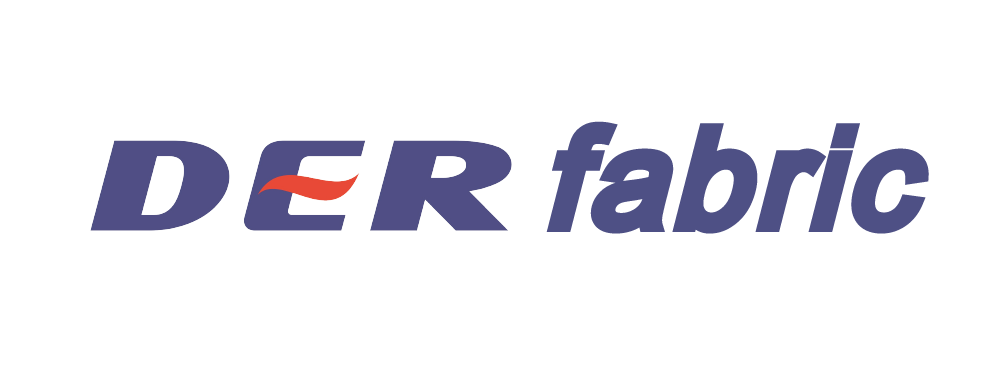

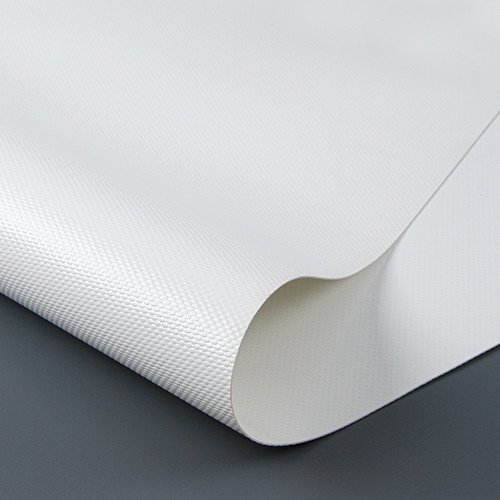
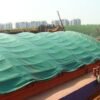


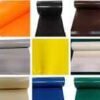
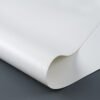



Leave a reply